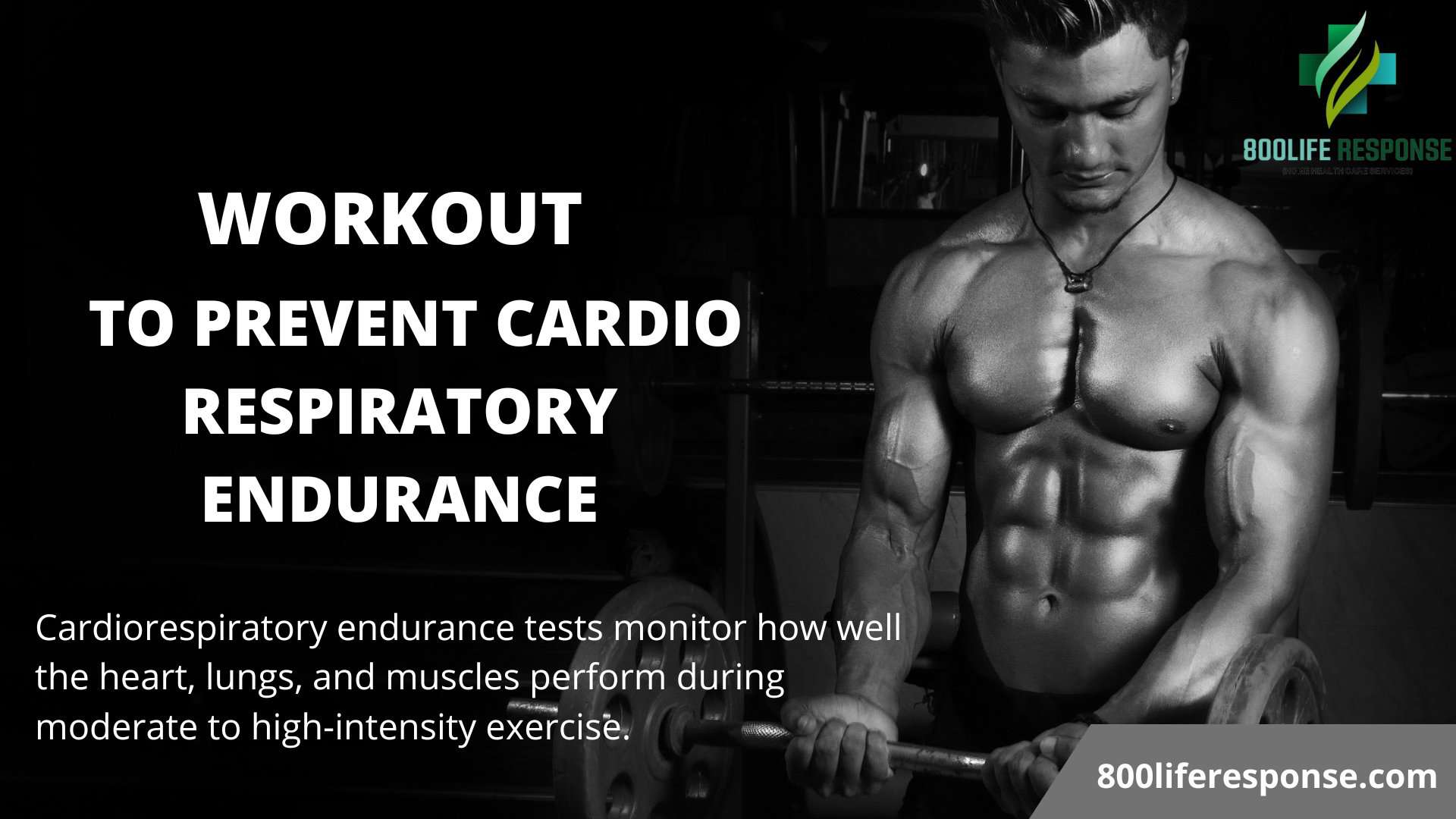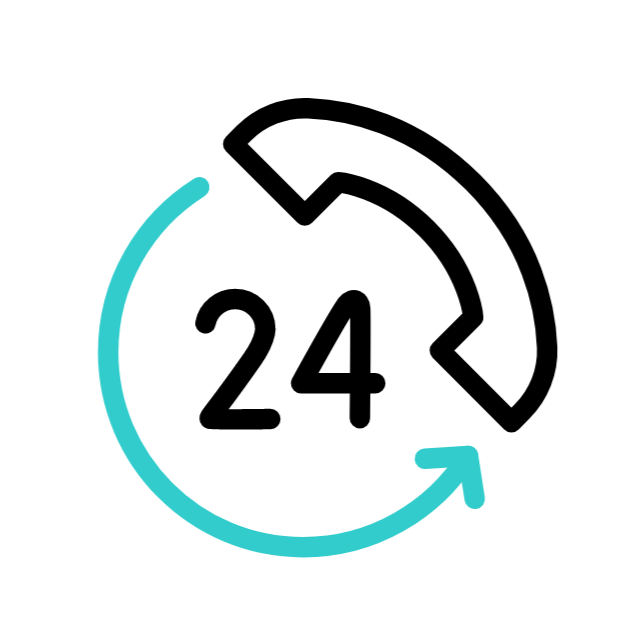How to be aware of cardio respiratory endurance
Cardiorespiratory endurance means an individual’s actual overall wellbeing. Cardiorespiratory endurance tests screen how well the heart, lungs, and muscles perform during moderate-to-focused energy workouts.
Expanding cardiorespiratory endurance further develops oxygen take-up in the lungs and heart and can assist an individual with supporting active work for longer.
Different names for cardio-respiratory endurance incorporate cardiovascular wellness, cardiovascular endurance, and cardio-respiratory wellness.
In this article, we examine what cardiorespiratory endurance is, the way an individual can quantify it, and why it is significant. We likewise take a gander at how to work on cardiorespiratory endurance, including a few instances of activities.

What’s going on here?
Working out with rope can work on cardiorespiratory endurance.
Cardiorespiratory endurance estimates how well the body performs during significant stretches of activity. An individual with high cardio-respiratory endurance can support extreme-focus exercises over a lengthy period without getting drained.
Estimating an individual’s cardiorespiratory endurance includes looking at how well their body takes in and uses oxygen.
At the point when an individual breathes in, their lungs top off with air and a portion of the oxygen it contains passes into the circulatory system. This oxygen-rich blood then, at that point, goes to the heart, which then flows it around the body to the tissues and organs that need it.
The muscles require a satisfactory stock of oxygen and different supplements to work appropriately during focused energy or expanded times of activity. On the off chance that the muscles don’t get an adequate number of supplements, side effects start to aggregate and cause weakness.
An individual’s degree of cardiorespiratory endurance can straightforwardly influence their actual exhibition.
How could it be estimated?
Tests that measure cardiorespiratory endurance include:
Metabolic equivalents
Metabolic equivalents (METs) allude to the proportion between the energy consumed during actual work and the energy used while very still. Finding an individual’s MET includes estimating how much oxygen their body utilizes.
Greatest oxygen take-up
The greatest oxygen take-up (VO2 max) test determines the most extreme measure of oxygen the body is equipped for utilize during focused energy exercises, for example, running or trekking.
The VO2 max test normally includes running on a treadmill or accelerating on an exercise bike as quickly as could be expected. During the test, the individual wears a chest lash or other body connection that records their pulse and a facial covering that activates oxygen utilization.
For what reason is it significant?
Cardiorespiratory endurance demonstrates an individual’s degree of oxygen-consuming wellbeing and actual wellness. This data can help everybody, not just proficient competitors.
Having high cardio-respiratory endurance by and large implies that an individual can perform extreme focus practice for longer.
Individuals attempting to get thinner might need to zero in on expanding their cardiorespiratory endurance in light of the fact that doing higher-power, high-impact exercises can assist an individual with consuming more calories.
Logical exploration likewise recommends some other potential medical advantages of having better cardio-respiratory endurance. For instance:
- A 2017 study by Trusted Source proposes that individuals with higher cardiorespiratory endurance are less inclined to foster hypertension than those with lower cardiorespiratory endurance.
- In a 2015 study by Trusted Source, specialists found a positive relationship between a person’s cardiorespiratory endurance levels and the execution of various tasks among adults who matured somewhere in the range of 59 and 80 years.
- Further developing cardiorespiratory endurance might diminish the risk of coronary illness and all-cause mortality, as indicated by a 2015 study by Trusted Source.
The most effective method to further develop it .Individuals can work on their cardiorespiratory endurance through standard activity.
The creators of a 2019 study Trusted Source revealed that obstruction preparation, endurance preparation, and extreme cardio exercise prompted upgrades in cardio-respiratory endurance and solid strength among adults who were mature (40–65 years of age) and who were not beforehand truly dynamic.
A recent report explored the viability of a 12-week cross-high-intensity exercise program in understudies who were overweight and had scholarly handicaps. The scientists found members who followed the preparation program had better activity endurance, muscle strength, and weight.
The accompanying activities can assist with working on cardio-respiratory endurance, building muscle, and consuming calories. Individuals can play out these proactive tasks at home or add them to their exercise center’s daily practice.
Have a go at doing these practices in sets of 10–15 redundancies, or however many reiterations as could reasonably be expected for 1 moment with a 20-second in the middle between sets.
Hopping jacks:
- Start by standing up with legs together and arms along the edges of the body.
- Jump up. While in the air, open the legs to spread the feet wide apart and raise the arms above.
- While landing, take the feet and arms back to the beginning position.
Burpees:
- Begin remaining with the feet shoulder-width apart.
- Bend the knees and put the hands on the floor in front to descend into a squat position.
- Jump the legs out behind to get into the push-up position, moving the body’s weight onto the hands.
- Jump the feet back into the squat position.
- Jump out of sight with arms raised over the head.
- Land back in the squat position.
Hikers (running boards):
- Start in the board position, adjusting the shoulders over the wrists and keeping the legs straight. Keep the back level and the head lined up with the spine.
- Engage the center muscles.
- Bring the right knee towards the chest.
- Switch legs by returning the right leg to the beginning position and bringing the left knee towards the chest. This finishes one repetition.
Side-mix contacts:
- Start in a standing position with the feet shoulder-width apart and the arms somewhere near the sides.
- Bend the knees and hunch down.
- Shuffle a shoulder-width to one side and then contact the floor outside the right foot with the fingertips of the right hand.
- Shuffle a shoulder-width to one side and then contact the floor outside the left foot with the fingertips of the left hand.
- This is a redundancy.
Different activities that can assist with further developing cardiorespiratory wellness include:
- running
- power strolling
- swimming
- moving
- work out with rope
- focused energy sports, like ball and soccer
Summary
Cardiorespiratory endurance is a proportion of how well the heart, lungs, and muscles perform during moderate-to-extreme focus actual work.
Getting normal actual work, particularly vigorous activity, can work on cardiorespiratory endurance. Vigorous activities can assist with advancing heart and lung wellbeing and further develop how well the body courses and uses oxygen.


